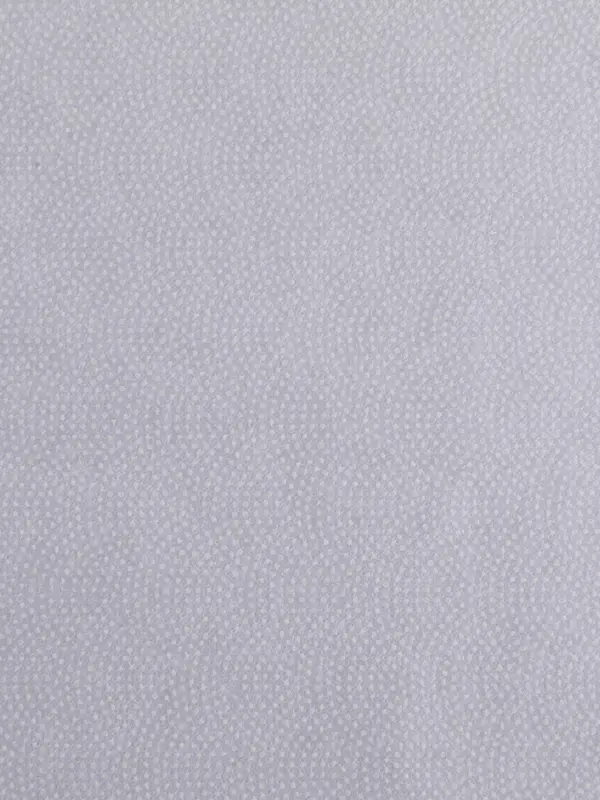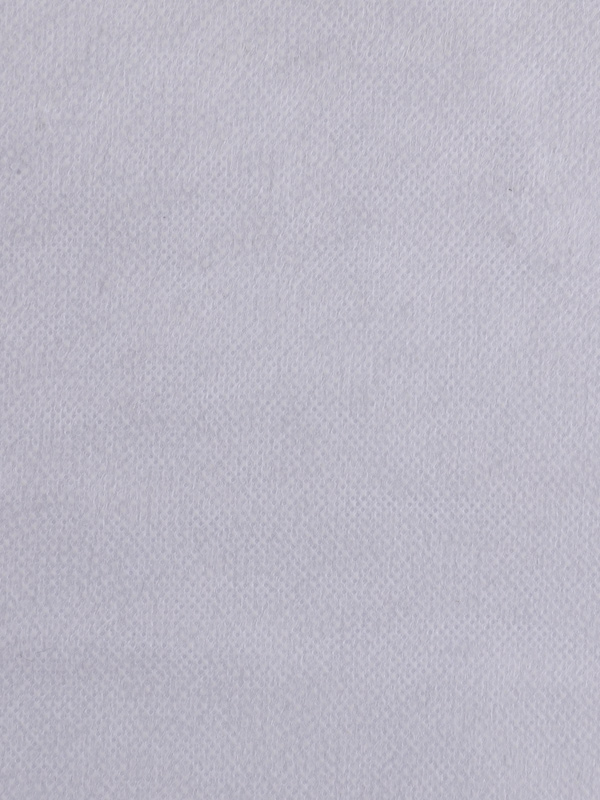Collar fusible interlining, also known as collar canvas or collar interfacing, is a particular form of fusible interlining that is primarily used to present structure and stiffness to blouse collars. It is maximum usually used for guys's and girls's dress shirts, blouses, and different garments which have collars. However, collar fusible interlining also can be used for different parts of a garment, depending at the preferred impact and the unique fabric getting used.
Collar fusible interlining is typically crafted from a blend of polyester and viscose fibers, which are woven together to form a strong and durable cloth. One aspect of the interlining is lined with a warmth-activated adhesive, which lets in it to be bonded to the cloth using warmth and pressure from an iron or a urgent device. This adhesive layer is what offers the interlining its fusible houses, allowing it to be effortlessly implemented to the collar or other elements of the garment.
While collar fusible interlining is especially designed for collars, it may additionally be used for other components of the garment where structure and balance are required. Some not unusual examples encompass cuffs, lapels, pocket flaps, and plackets. These areas frequently enjoy the added stiffness and form retention that collar fusible interlining affords.
When identifying whether or not to use collar fusible interlining for other components of a garment, there are a few elements to don't forget. Firstly, the weight and thickness of the interlining must be appropriate for the fabric and the unique vicinity being bolstered. If the interlining is simply too heavy or thick, it could adjust the drape and appearance of the fabric. Conversely, if it's miles too mild or skinny, it can no longer offer enough guide and shape.
Secondly, the compatibility of the cloth with the adhesive used in the interlining ought to be considered. Some fabrics might not be appropriate for fusible interlining because of their warmness sensitivity or texture. It is essential to check a small, inconspicuous location of the material with the interlining earlier than proceeding with the whole application.
Lastly, the desired final results and fashion of the garment have to also be taken into consideration. Using collar fusible interlining for other elements of a garment might also create a steady and cohesive appearance, specifically if the collar and the alternative regions are made from the equal fabric. On the alternative hand, contrasting substances and techniques, inclusive of the usage of stitch-in interfacing or none at all, also can be used to acquire particular layout results.
In end, at the same time as collar fusible interlining is specifically designed for collars, it could also be used for other elements of a garment wherein structure and balance are preferred. However, it is essential to don't forget elements consisting of weight and thickness, material compatibility, and preferred outcome earlier than using collar interlining for regions aside from collars. Ultimately, the choice of interlining and its application need to be decided by the particular requirements and options of the garment being made.









